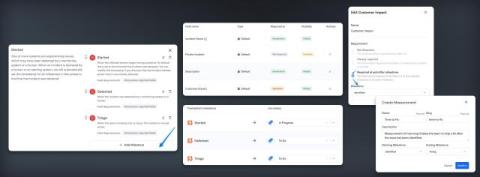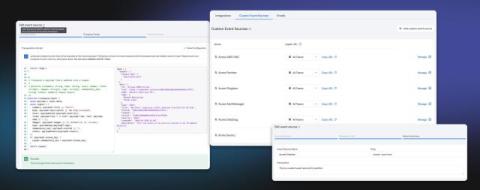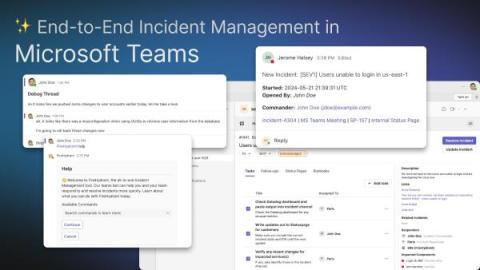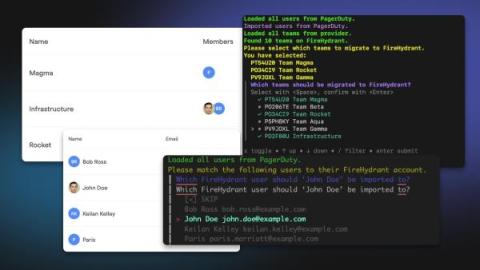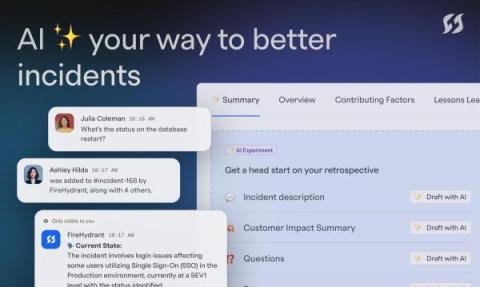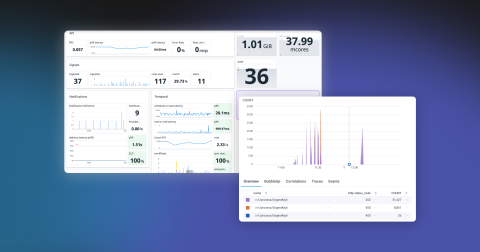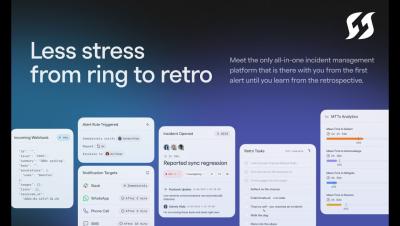Custom Milestones: Empowering Enterprise Incident Management
Milestones have been central to our platform since day one, helping users track incident progress and drive automation. We're excited to introduce our enhanced Milestone feature, offering unparalleled customization. Now, you can fine-tune your incident management process to perfectly align with your organization's specific policies and workflows.


